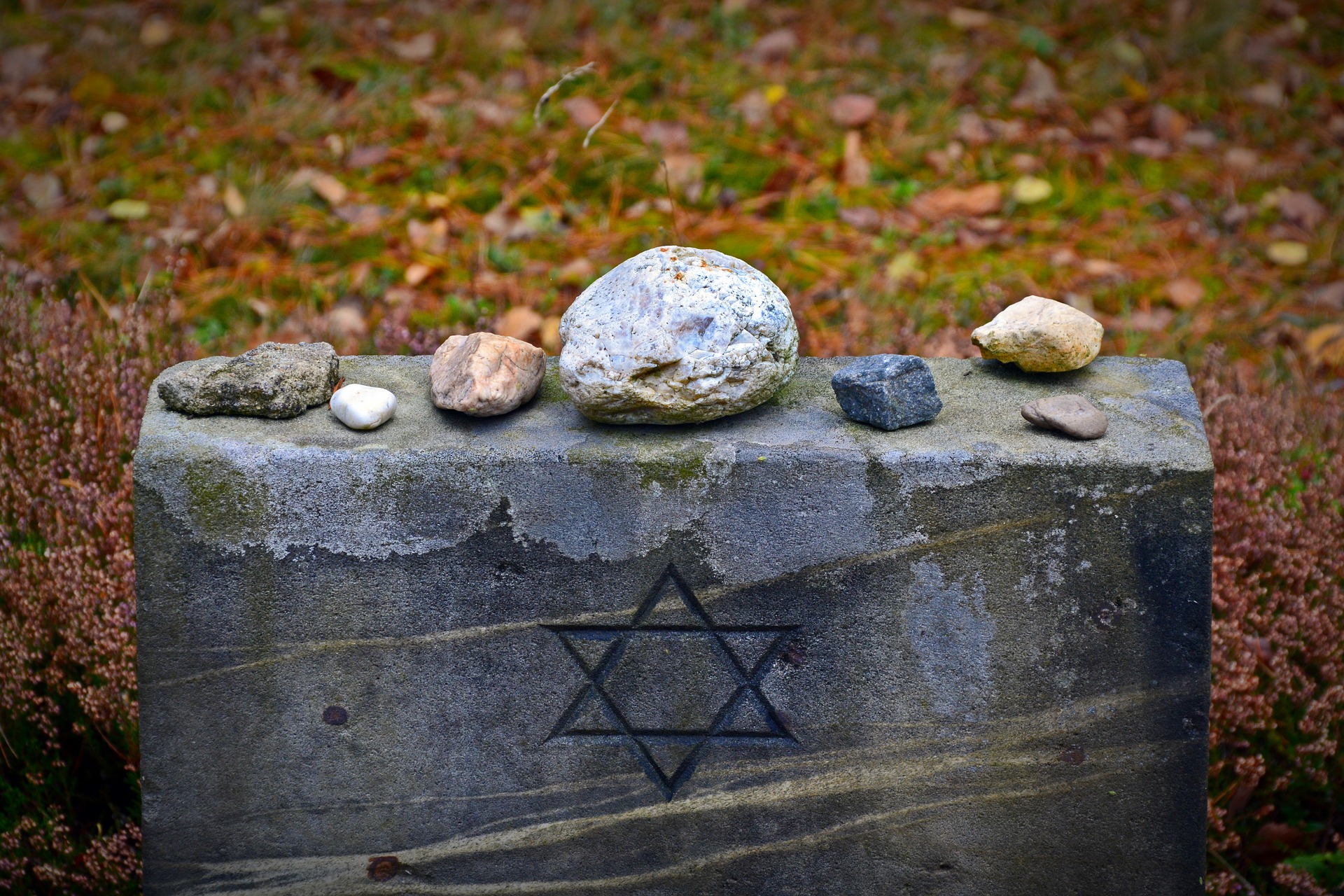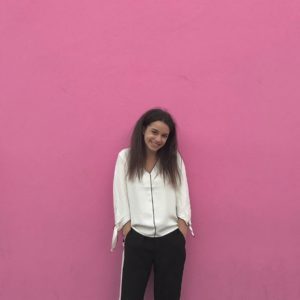On April 21st, 2020, the world came together, virtually, to commemorate the 75th Anniversary of the liberation of Auschwitz.
This year’s commemoration was undoubtedly unique.
COVID-19 has prohibited any large gathering at memorial sites, and all commemorations this year, for the first time ever, took place online.
Yet, what really stands out to me about this year’s commemoration is not the fact that it was a virtual one.
What stands out to me is the reality that this milestone emerges at an unprecedented time in Holocaust education; the reality that fewer and fewer survivors are living and able to share their stories.
Survivors are dwindling at a rapid rate. As of 2018, there were an estimated 416,375 living Holocaust survivors in the world, according to a report published by Claims Conference. Israel saw the first Holocaust survivor, Arie Even, die of COVID-19 at 88 years old. While Even may have been the first, many survivors such as Genia Litwok and Rabbi Romi Cohn, among others, have been taken by COVID-19.
Holocaust survivors sharing their testimonies is without a doubt, a profound way to educate the world about the horrors of the Holocaust. I believe that a live testimony from a survivor is the most effective form of commemoration.
The question remains: how do we, Jews and non-Jews alike, commemorate the Holocaust without its survivors?
Thankfully, there have been commendable individuals and organizations that have been thinking about this challenge for years.
Stephen Spielberg, the prolific film producer, has been recording and creating digital testimonies of currently living survivors that are accessible on an online database.
Yet, it is unreasonable to assume that people will voluntarily peruse the internet to educate themselves about the Holocaust. For our youth and for our future generations, Holocaust education must formally exist within educational curriculum.
Many schools annually present a testimony from a Holocaust survivor. My public high school in Toronto was a great example of this, where Jews served as a small minority of the school, but the entirety of the student body would gather yearly to hear the testimony.
In addition, many youth are privileged enough to have visited some of the museums around the world that document the Holocaust, like the United States Holocaust Memorial Museum or Yad Vashem. Yet, it is imperative to recognize how inaccessible this type of Holocaust education is to many.
Studying books, films, art, and other mediums related to the Holocaust is an effective and accessible way for people to understand the atrocities. There are also many Holocaust books written in the first person, like The Diary of a Young Girl by Anne Frank or Night by Elie Wiesel, which allow for an even more evocative experience.
Many children grow up reading these titles in school, yet it is often at the direction of an individual teacher, by no means a compulsory element of the curriculum. Yet, it is these powerful texts and accounts that often resonate with students more than any other approach to teaching history.
Currently, only 12 states require Holocaust education within their public school systems. A current bill titled the Never Again Education Act is being proposed by the House Education Committee, and it would require Holocaust education within each state’s school system. The bill was overwhelmingly passed by the House (395-5), and is now passed to the Senate. Initiatives like these leave me hopeful for the future of Holocaust education.
While I hope that I can offer some insight on how we can remember the Holocaust without its survivors, a larger question looms.
WHY do we commemorate the Holocaust?
This past December, the United States saw acts of anti-Semitism throughout the holiday of Hanukkah. For a time that should have been Jewish families coming together over oily latkes and dreidel-spinning, our neighbors instead saw politics of fear, hate, and oppression trump the sanctity of the holiday. Yet, this was by no means an isolated week for Americans Jews and Jews around the world. In 2017, the Anti-Defamation League counted 1,986 anti-Semitic incidents in the US, a 57% increase from the year before.
It is alarming that 75 years after Auschwitz was liberated, German Jews were warned in 2019 to not wear kippot in public after an especially significant rise in anti-Semitic incidents. It is frightening that after the Unite the Right Rally in Charlottesville, Virginia, President Trump stated that there bad people “on both sides.” It is, quite frankly, horrifying that in 2018, 6 in 10 millennials in the US did not know what Auschwitz was.
So, how we do even attempt to confront or understand this? Well, learning from the Holocaust acts as a starting point. In order to confront and attempt to eradicate the anti-Semitism that is rising in all aspects of life, we must clearly understand its history.
Because, moving forwards, it is up to us, and only us, to commemorate these atrocities.
Featured image credit: Pixabay.com/bernswaelz.

